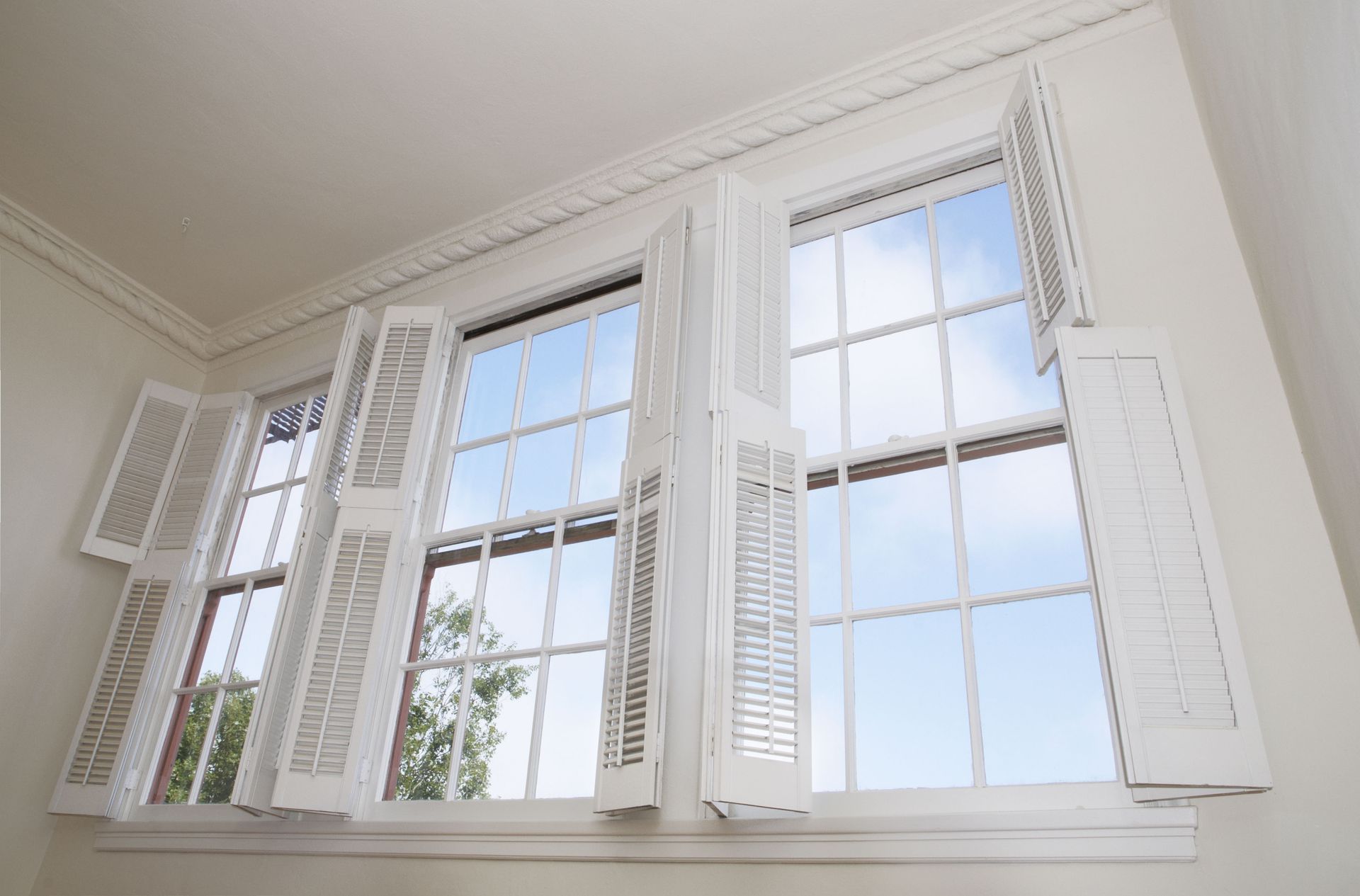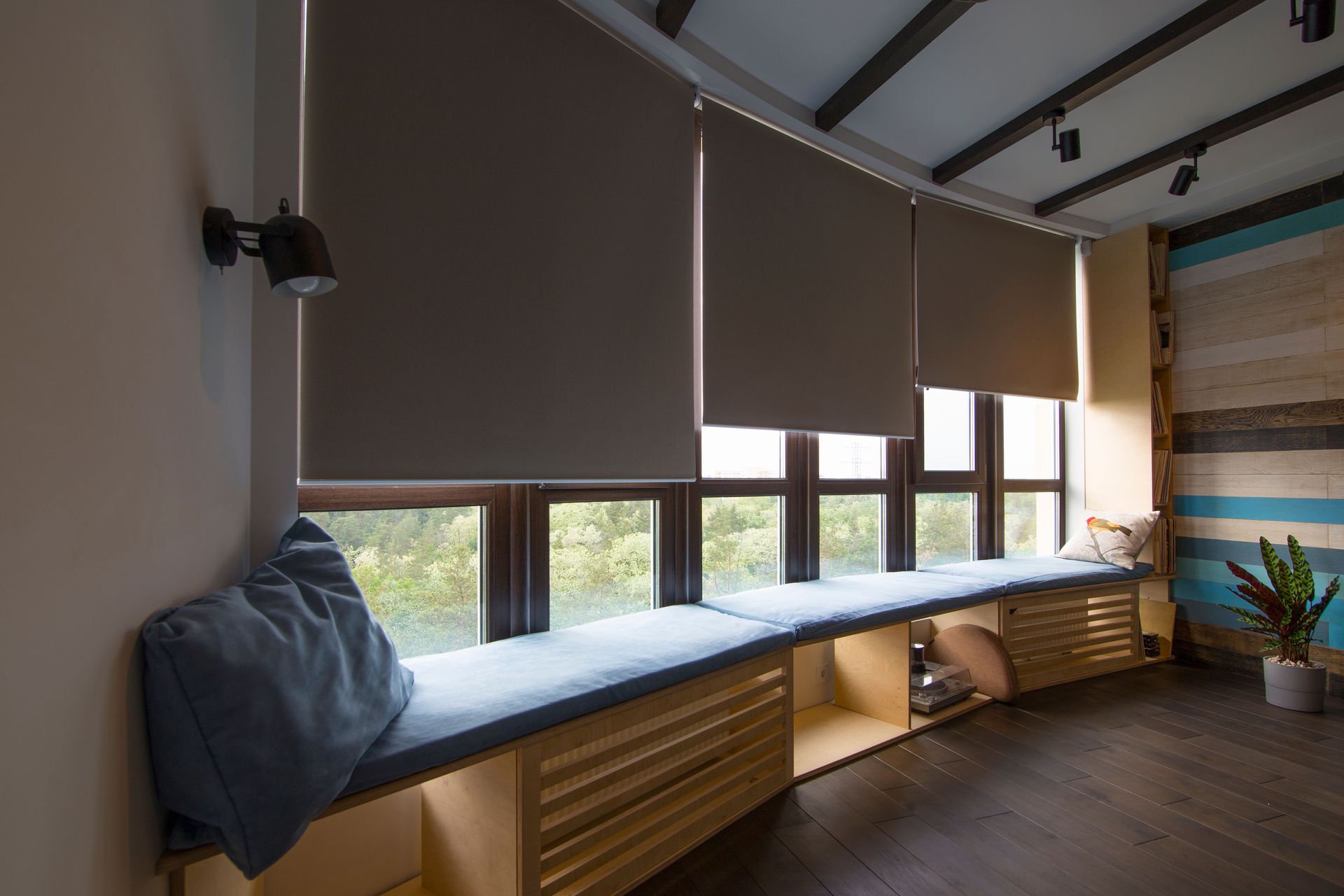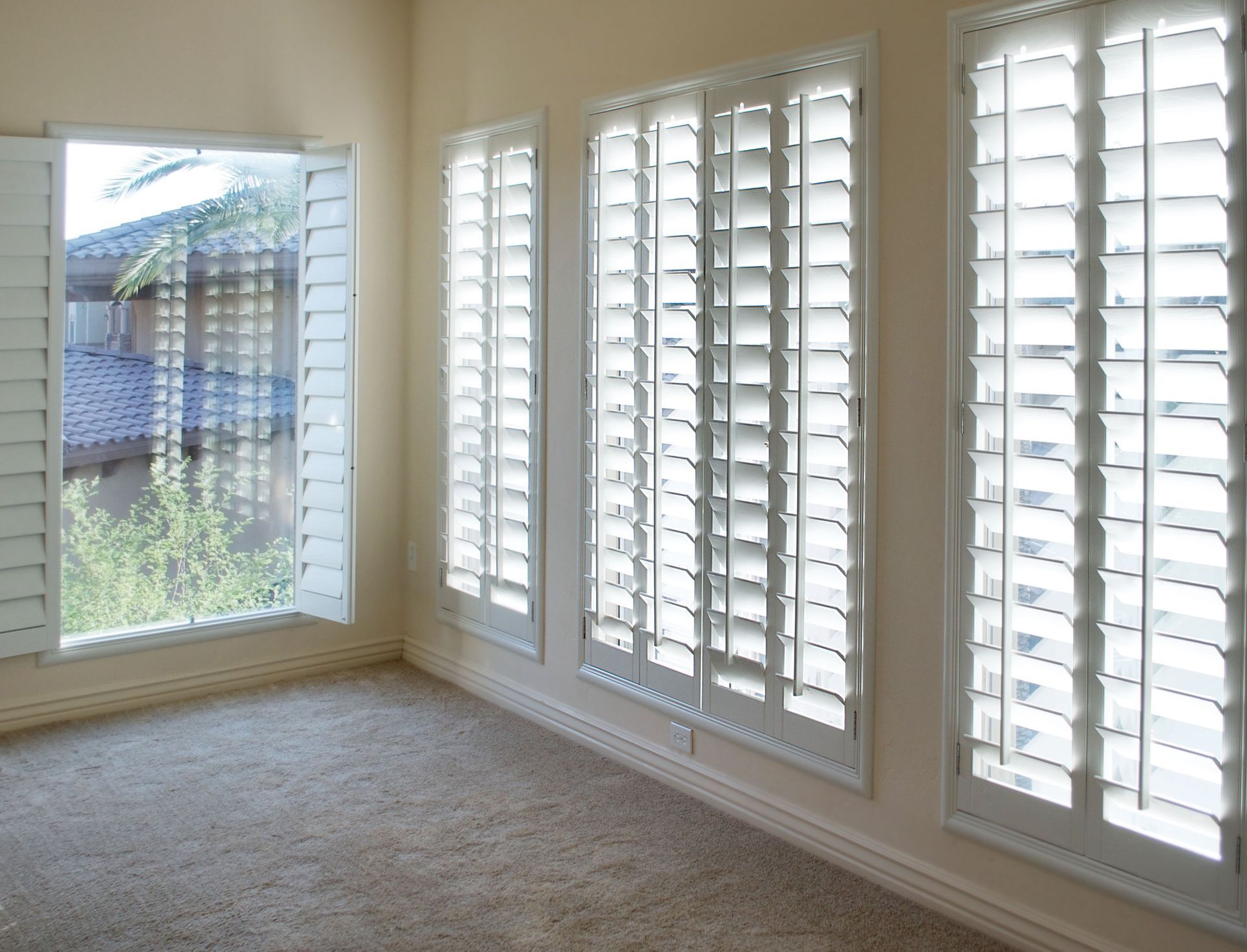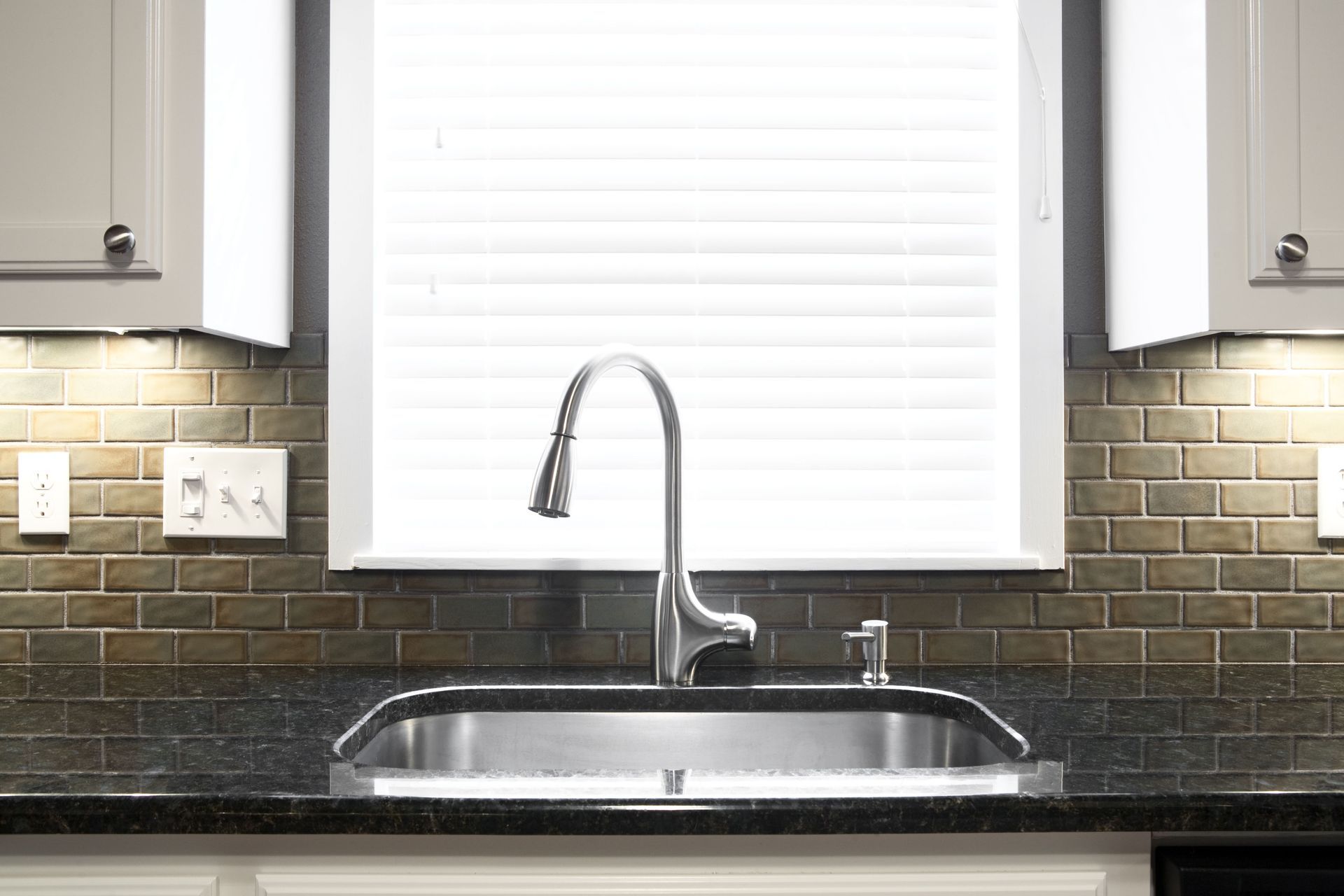How Interior Window Shutters Improve Insulation and Noise Reduction
Interior window shutters have emerged as a versatile solution in enhancing home energy efficiency and boosting comfort levels. These functional and stylish additions not only contribute to aesthetic value but also serve practical purposes that extend beyond traditional window treatments. This article delves into the multifaceted advantages of interior window shutters, focusing on their roles in improving insulation and reducing noise pollution within homes.
Understanding the science behind window shutters unveils their potential to transform living spaces into more environmentally friendly and serene abodes. With energy costs continually rising, homeowners are increasingly seeking solutions to minimize expenses while maintaining an optimal living environment. Interior window shutters provide a robust answer to these concerns, offering benefits that are both immediate and long-term in their scope.
By exploring the various types of interior window shutters, their installation techniques, and the environmental impacts they produce, we uncover how these systems contribute to both individual and societal well-being. The economic advantages, health benefits, and eco-friendly attributes further establish window shutters as an essential feature in modern home design. This article aims to provide comprehensive insights into how shutters serve as an integral component of home improvement strategies.
The Role of Interior Window Shutters in Home Insulation
Understanding Thermal Insulation
The concept of thermal insulation revolves around the capacity to maintain temperature levels within a space by preventing heat exchange. Interior window shutters play a crucial role in this mechanism by creating an additional barrier against temperature fluctuations. This layer of insulation works effectively in both summer and winter, helping to keep interiors cool when it's hot outside and warm during the colder months.
Shutters achieve thermal insulation by trapping air between the window and the barrier they form, reducing the need for excessive use of HVAC systems. This can significantly lower energy consumption in homes, translating to considerable savings on utility bills. Furthermore, the insulated effect of shutters contributes to more stable indoor temperatures, promoting a comfortable living environment.
As homeowners seek to optimize their spaces for both cost-efficiency and comfort, interior window shutters offer a proven solution. The demand for such energy-efficient improvements is growing, further driven by environmental considerations and the rising costs associated with climate control. Home insulation via shutters is a step toward sustainable living, marrying practical benefits with eco-consciousness.
Material Composition of Window Shutters
The effectiveness of shutters as insulating tools is heavily influenced by the materials from which they are made. Shutters are typically crafted from wood, vinyl, or composite materials, each offering distinct advantages. Wooden shutters, for instance, provide excellent insulation due to their natural density and aesthetic appeal. They are often the preferred choice for those who prioritize natural aesthetics and robust insulation capabilities.
Vinyl and composite shutters, on the other hand, present durable alternatives that also excel in thermal efficiency. These materials resist warping and moisture, making them suitable for humid environments while maintaining their insulating properties. Additionally, vinyl and composite shutters tend to be more affordable, expanding their accessibility to a broader range of consumers.
The choice of material not only affects insulation potential but also durability and maintenance requirements. As such, consumers should consider their specific needs and environments when selecting the appropriate shutter material. With proper selection and care, these window coverings can provide decades of energy-saving benefits.
Impact of Shutter Style on Insulation
Interior window shutters come in various styles, each with unique attributes affecting their insulating effectiveness. Plantation shutters, characterized by wide louvers, are highly efficient at controlling light and airflow, thus enhancing their insulating capabilities. These styles are often favored for their blend of functionality and visual appeal.
Solid panel shutters, in contrast, offer superior insulation as they entirely block out exterior elements when closed. They provide a rigid barrier against temperature changes and are especially effective in maintaining consistent indoor conditions. For homeowners prioritizing insulation above other factors, solid panel shutters may present the most viable option.
The specific design and style choice significantly influence the overall effectiveness of shutters in home insulation. A well-conceived shutter design can augment energy efficiency, leading to reduced utility costs. As more focus is placed on sustainability in home design, optimizing shutter style for thermal efficiency becomes increasingly important.
Comparison With Traditional Window Treatments
Traditional window treatments such as curtains and blinds also offer insulation, but interior window shutters often outperform them in terms of efficiency and durability. Curtains require regular maintenance and may not always provide a complete seal against drafts, reducing their insulating properties. Meanwhile, typical blinds can be less effective due to gaps and material weaknesses.
Shutters, with their structural rigidity and snug fit against window frames, provide a more comprehensive insulation solution. They are designed to minimize gaps where air can leak, maintaining a stable indoor climate more effectively than many traditional options. This makes shutters a favorable choice in settings where thermal performance is a priority.
In comparing cost-effectiveness, shutters offer a long-term return on investment due to their durability and energy-saving capabilities. While the initial cost may be higher than simple window treatments, the potential for energy savings and the reduction in wear and tear make them a practical and economically sound investment.
Energy Savings and Cost-Effectiveness
Investing in interior window shutters for their insulation benefits can lead to substantial energy cost savings. By effectively regulating indoor temperatures, shutters reduce the reliance on heating, ventilation, and air conditioning systems. This reduction in energy consumption can translate into lower monthly energy bills and a smaller carbon footprint.
The long-term cost-effectiveness of shutters is evident when considering their durability and minimal maintenance requirements. Unlike some window treatments that may require regular replacement or repairs, shutters tend to last for years, maintaining their functional and aesthetic appeal. This longevity further enhances their value as a home improvement solution.
As energy efficiency becomes a key concern, the market for plantation shutters, in particular, is growing. According to MRFR analysis, the plantation shutters market was estimated at USD 14.37 billion in 2024, reflecting increased consumer awareness of their cost and energy benefits. This trend indicates a shift toward more sustainable and cost-effective home solutions.
Acoustic Benefits of Interior Shutters
How Shutters Reduce Noise Pollution
Noise pollution is a growing concern in urban environments, affecting quality of life and mental health. Interior shutters serve as an effective noise reduction solution by providing a barrier that diminishes the transfer of sound waves from outside to inside. The density and thickness of shutters, along with their snug fit, help to absorb and block noise.
Unlike fabrics or other thin materials, which might allow noise penetration, shutters offer a rigid structure that deflects sound. This structural integrity makes them especially useful in homes situated near busy streets or in bustling neighborhoods. Homeowners seeking tranquility and a respite from external commotion often turn to shutters to create a more peaceful indoor atmosphere.
Enhancing the acoustic quality of a home with shutters can contribute positively to wellness by providing a calmer and more collected environment. For individuals working from home, studying, or simply seeking relaxation, controlling noise levels is crucial. Shutters provide a straightforward and effective means to improve acoustic comfort, boosting overall life quality.
Optimal Shutter Designs for Noise Reduction
While all shutters offer some degree of noise reduction, certain designs are optimized for maximum acoustic performance. Solid panel shutters are particularly effective, as their fully closed design prevents sound from seeping through. The solidity of these shutters helps dampen noise better than styles with movable louvers.
Interior window shutters offer an exceptional combination of energy efficiency, acoustic control, and aesthetic appeal, making them a valuable addition to any home. By improving insulation, they help maintain comfortable indoor temperatures year-round while reducing energy consumption and utility costs. Their sound-dampening qualities also enhance peace and privacy, creating a calmer living environment free from outdoor disturbances. Beyond functionality, shutters contribute to a refined interior design that adds both charm and value to your property. If you’re ready to experience the comfort, savings, and serenity that quality shutters can bring, contact Dan-Dee Shutters today to learn more about the perfect options for your home.





Share On: